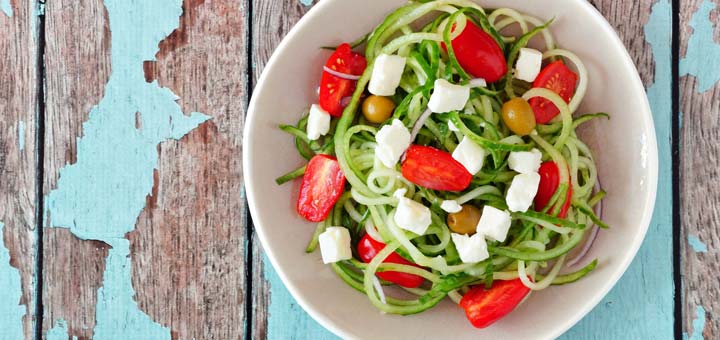Pasta has reached global fame, and is celebrated for its comforting nature and versatility. Coming in all shapes and sizes, pasta is a dish best served however you please. Whether you like it cold, hot, in a main dish, or as a side, pasta is appreciated around the world, but how healthy is this food that we have come to know and love?
In present day, the majority of pasta products are made from common wheat. These pasta varieties cost about one dollar per box of pasta, and then are enriched. The reason companies enrich pastas with nutrients is due to the processing. The grains are milled and scraped of the outer bran layer, which contains all of the vitamins and minerals. All that remains after processing is a nutrient-poor, starchy endosperm. The enrichment process aims to bring white flour back to the nutritional level of whole wheat, but many minerals get discarded in the process.
Enriched Pasta
Food fortification of all white flours with folic acid became a mandatory practice in 1998, which is the same year that the inaugural World Pasta Day event took place in Naples, Italy. The reason this was implemented was to help prevent neural-tube defects, or birth defects of the spinal cord and brain. While one cup of real unrefined whole-wheat pasta naturally contains 7 micrograms of folate (the natural form of folic acid), one cup of enriched pasta contains 108 micrograms of folic acid. That being said, pregnant women are not encouraged to rely on pasta for their folate intake. Instead, they should turn to foods like broccoli, asparagus, black beans, oranges, artichokes, lentils, avocado, and spinach.
Sadly, refined pasta is the most commonly consumed variety, but the consumption of this pasta is associated with bloating, digestive discomfort, and decreased feelings of fullness after consumption. When you consume real pasta, which has not been refined, studies show that it decreases appetite and increases feelings of fullness. Additionally, mounting evidence suggests that consuming refined grains increases the risk of obesity, high cholesterol, high blood pressure, insulin resistance, and heart disease.
Nobody should rely on pasta alone to obtain various nutrients. Even though whole grain unrefined pasta contains fiber, manganese, copper, B-vitamins, and selenium, it is best to consume a balanced diet that is rich in vegetables, fruits, nuts, seeds, legumes, and whole grains to satisfy your nutritional needs. Eating pasta doesn’t have to be unhealthy, though. To help you celebrate World Pasta Day, here are some tasty, healthy recipes to expand your pasta horizon.
Butternut Squash Pasta In A Sun-Dried Tomato Sauce

These butternut squash noodles are dressed in a thick sauce sun-dried tomato sauce, which makes for a satisfying pasta experience.
Click here to make the recipe.
Cauliflower Bolognese Sauce With Zucchini Noodles

We just can’t get enough of this cauliflower bolognese because the flavors are big, bold, and in your face delicious. Try it post cleansing.
Click here to make the recipe.
Pasta alla Checca

This dish is classically served during the summer because that’s when tomatoes are at their peak. It’s herbaceous and wonderfully filling.
Click here to make the recipe.
Vegan Spaghetti Squash alla Puttanesca

Not only is spaghetti squash healthy and low in carbs, it is positively delicious and a great vehicle for retaining the flavor of sauces.
Click here to make the recipe.
Mediterranean Zucchini Pasta

This recipe helps to shake up what you know about zucchini noodles. It has lots of assertive flavors, so make sure that you get the measurements right.
Click here to make the recipe.

Vincent Stevens is the senior content writer at Dherbs. As a fitness and health and wellness enthusiast, he enjoys covering a variety of topics, including the latest health, fitness, beauty, and lifestyle trends. His goal is to inform people of different ways they can improve their overall health, which aligns with Dherbs’ core values. He received his bachelor’s degree in creative writing from the University of Redlands, graduating summa cum laude. He lives in Los Angeles, CA.

























